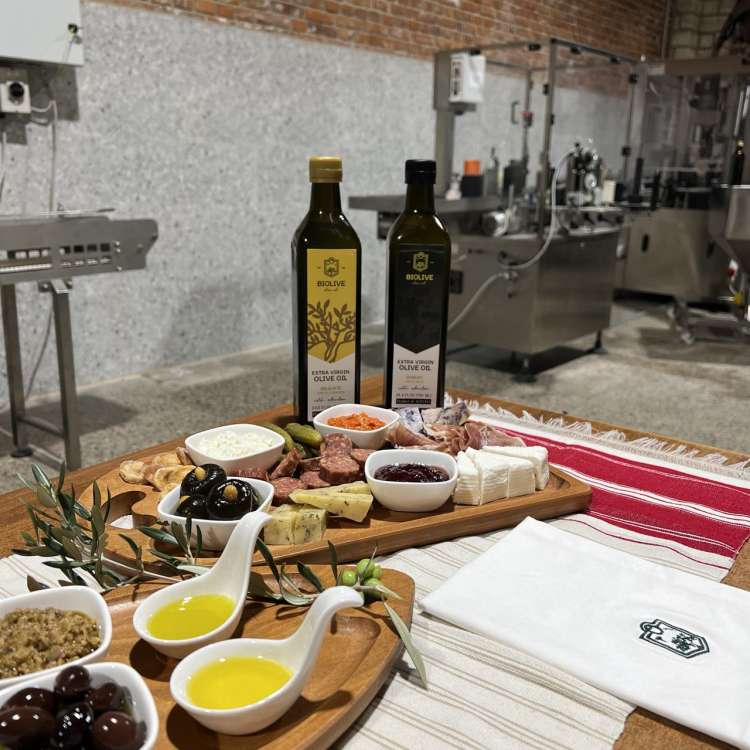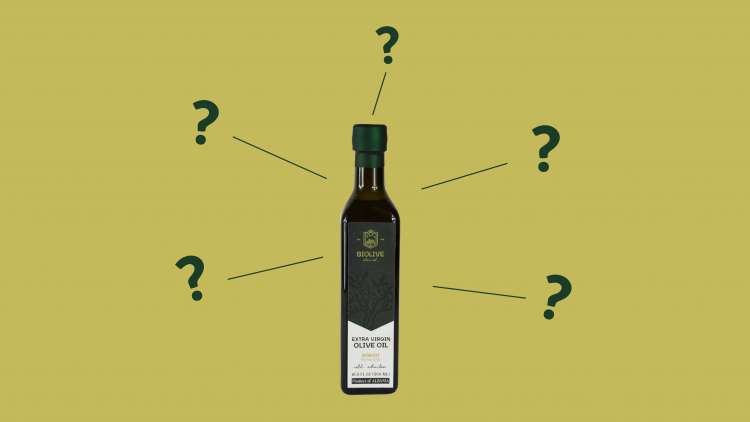Olive oil producers pay close attention to the production process to maintain quality and nutritional value. However, the packaging is also a crucial factor that affects olive oil's chemistry and shelf life. A report from the UC Davis Olive Oil Center summarizes over a decade of commercial packaging research, comparing containers' durability, effect on shelf life, and nutrient retention.
The report highlights that while phenolic levels naturally protect olive oil, moisture, oxygen, trace metals, and fatty acids promote oxidation and limit shelf life. Therefore, the ideal packaging material would prevent light and air penetration and store the oil in a dark place at 16-18°C (61-64°F).
UC Davis reports that the most effective containers to block light and air are dark glass, stainless steel, coated paperboard, and bag-in-box. Clear glass is not enough to prevent photooxidation without a full-body label or additional covering. Plastic containers are too porous, allowing light, heat, and moisture to penetrate, and may also leak small molecules into the oil, diminishing its quality. Further research is required to support the use of aluminum with food-grade coating, tinplate cans, and bag-in-box containers with different types of bags.
Despite the consumer preference for glass containers, suppliers are now using coated paperboard due to its cost-effectiveness, lightweight, ease of transport, and ability to block light and moisture. Consumers may prefer to see the olive oil, but everyone must be aware of how light degrades olive oil.


